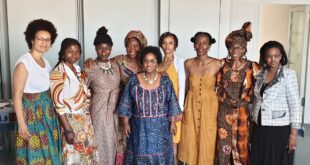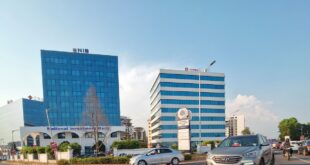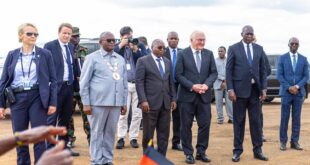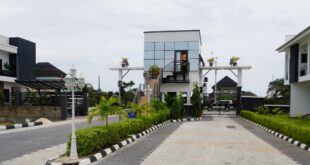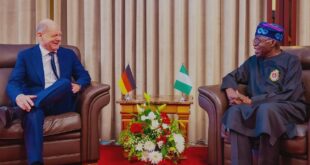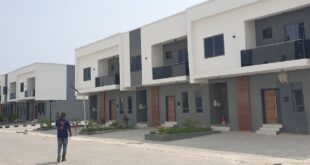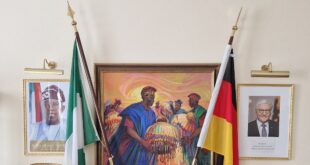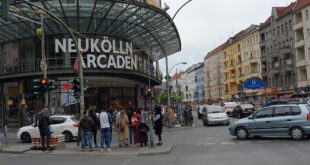Ethiopia is the fastest-growing economy in 2017, according to the World Bank’s latest edition of Global Economic Prospects. Ethiopia’s GDP is forecast to grow by 8.3% in 2017. By contrast, global growth is projected to be 2.7%.
The East African country’s accelerating growth comes on the back of government spending on infrastructure. With a GDP of US$69.22 billion (2016 est.), Ethiopia is now the biggest economy in the region, beating Kenya (US$66 billion) which has held the position for many decades.
However, borrowing to finance Ethiopia’s large public infrastructure projects has led to a rise in public debt, which increased by more than 10% of GDP between 2014 and 2016, and now exceeds 50% of GDP, the report says. Many emerging market economies have high levels of public debt, and the World Bank says it is concerned about this because it could drag down growth.
Worsening drought conditions could also affect Ethiopia’s growth, says the report.
While coffee remains the largest foreign exchange earner, Ethiopia is diversifying exports, and commodities such as gold, sesame, khat, livestock and horticulture products are becoming increasingly important. Manufacturing represented less than 8% of total exports in 2016, but manufacturing exports should increase due to a growing international investment in the country, according to experts.

With 102.4 million inhabitants, Ethiopia is Africa’s second most populous country.
Uzbekistan has the second-fastest-growing economy, with projected growth of 7.6% thanks to rising oil prices, benign global financing conditions, robust growth in the euro Area, and generally supportive policies among governments of several large countries in the region.
Nepal is next, with a 7.5% projection. Nepal’s growth has rebounded strongly following a good monsoon, reconstruction efforts after the 2015 earthquake and normalization of trade with India, says the Bank.
India is the fourth-fastest-growing economy with 7.2% projected growth, thanks in part to a rise in exports and an increase in government spending.
Among the other top 10 performers are Djibouti and Laos with 7% and Cambodia, the Philippines and Myanmar with 6.9%.
Emerging-market and developing economies are anticipated to grow 4.1% – far faster than advanced economies. Growth in advanced economies is expected to reach 1.9% in 2017, according to the World Bank.
Kwame Appiah with World Bank report
 THE AFRICAN COURIER. Reporting Africa and its Diaspora! The African Courier is an international magazine published in Germany to report on Africa and the Diaspora African experience. The first issue of the bimonthly magazine appeared on the newsstands on 15 February 1998. The African Courier is a communication forum for European-African political, economic and cultural exchanges, and a voice for Africa in Europe.
THE AFRICAN COURIER. Reporting Africa and its Diaspora! The African Courier is an international magazine published in Germany to report on Africa and the Diaspora African experience. The first issue of the bimonthly magazine appeared on the newsstands on 15 February 1998. The African Courier is a communication forum for European-African political, economic and cultural exchanges, and a voice for Africa in Europe.



